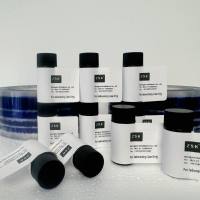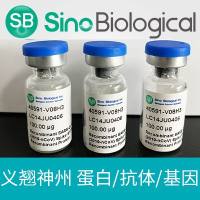Use of Divalent Metal Ions Chelated to Agarose Derivatives for Reversible Immobilization of Proteins
互联网
互联网
相关产品推荐

Recombinant-Mouse-Metal-transporter-CNNM3Cnnm3Metal transporter CNNM3 Alternative name(s): Ancient conserved domain-containing protein 3; mACDP3 Cyclin-M3
¥15120

Co2+螯合(琼脂糖) 4B-CL Co2+-Chelated (Agarose) 4B-CL nan **科研现货速达*__≥98% HPLC 随货提供COA、HPLC谱图、MS谱图,NMR图谱等,详细联系客服。用于LC-MS/MS定量分析,代谢组学、质谱,药代动力学等
询价

重组蛋白|Protein A Agarose Beads / Resin
¥600

yscM/yscM蛋白/yscM; Yop proteins translocation protein M蛋白/Recombinant Yersinia enterocolitica Yop proteins translocation protein M (yscM)重组蛋白
¥69

赛默飞世尔Thermo Fisher Chiralplate 0,25 mm Dicke - 5 x 20 cm (VE=50Stck.) silica impregnated with Cu2+ ions 500mm x 200mm 货号:T_70310428781
¥1200
相关方法

